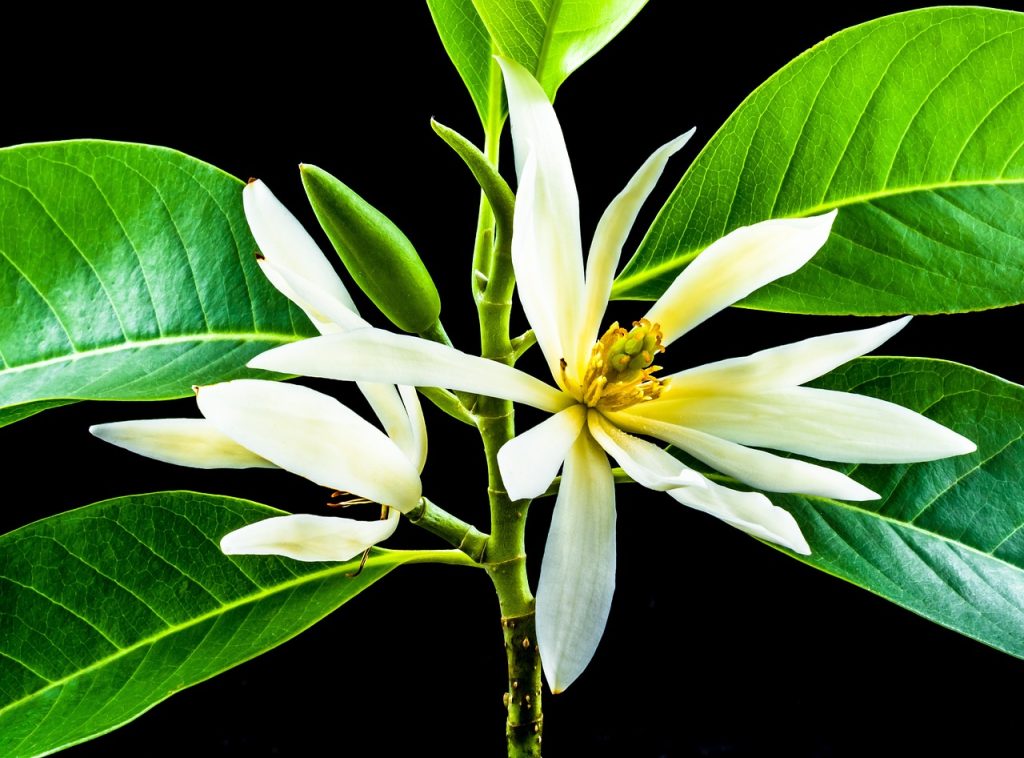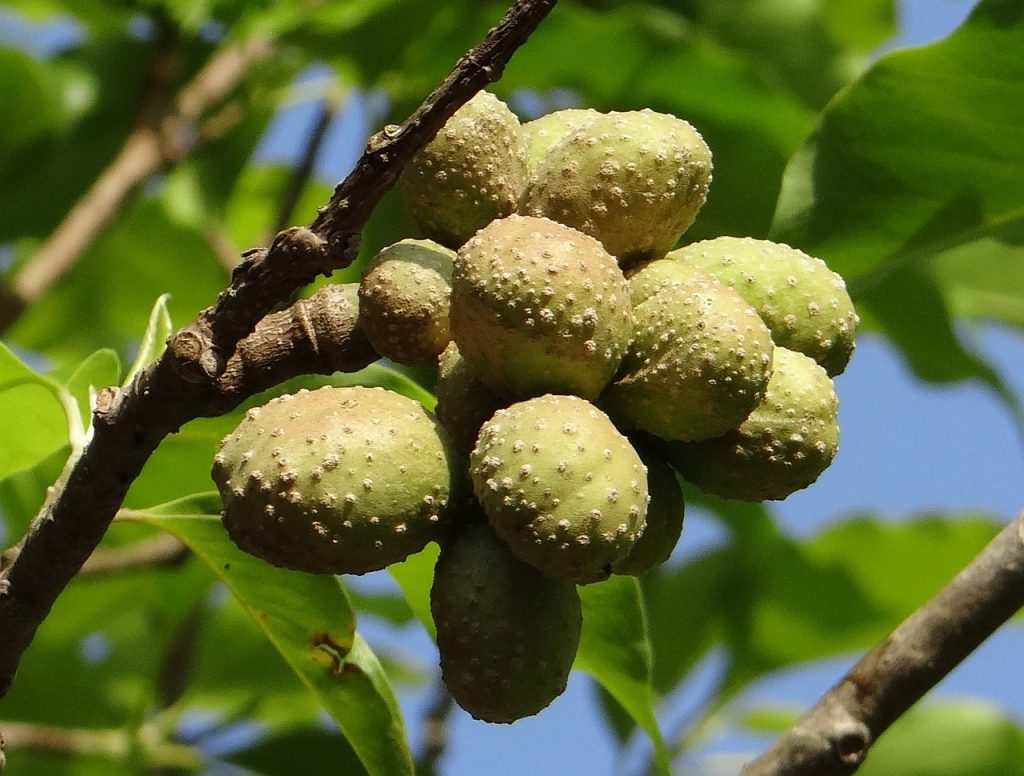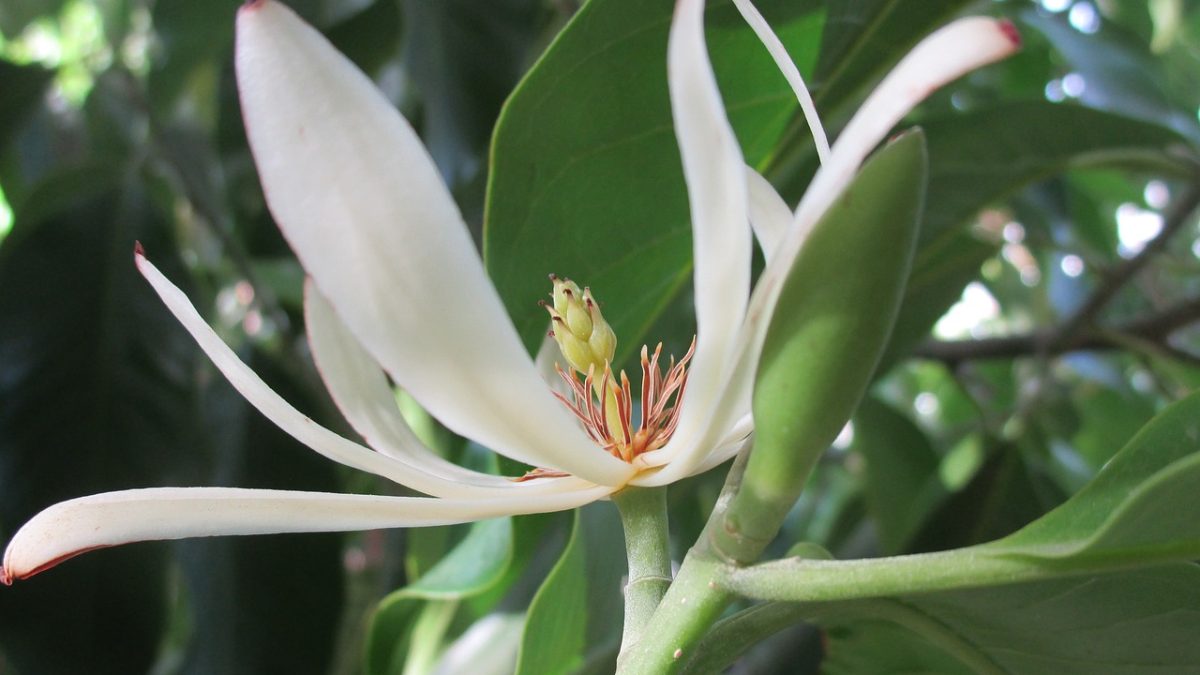Discover the Wonders of Champak: A Must-Read Blog Article for Children and Adults Alike!

Caryota Mitis: A Comprehensive Guide to One of the Most Beautiful Palm Trees
June 26, 2023
The Nutty Goodness of Indian-Almond: Health Benefits and Culinary Uses
June 26, 2023Are you looking for something new and exciting to add to your reading list? Look no further than Champak! This beloved Indian children’s magazine is full of delightful stories, fascinating facts, and colorful illustrations that will capture the imagination of both kids and adults alike. But there’s more to Champak than just its engaging content – did you know that it features a fruit with incredible nutritional value too? In this blog post, we’ll explore all the wonders of Champak, from its different tree varieties to its culinary uses. So sit back, relax, and get ready to discover why Champak is a must-read for everyone!
What is Champak?
Champak is a popular children’s magazine published in India. It was first introduced in 1968 and has since become a household name among families who are looking for entertaining and educational content for their kids. The magazine features stories, comics, puzzles, games, and interesting facts that cater to the curiosity of young minds.
Each issue of Champak contains several sections that showcase different aspects of Indian culture, including mythology, folklore, history, and current events. These sections aim to educate children about their rich heritage while also instilling important values such as respect for elders and kindness towards others.
One unique aspect of Champak that sets it apart from other children’s magazines is its use of animal characters. Many of the stories feature animals as protagonists or include them as supporting characters with distinct personalities. This approach not only makes the stories more engaging but also helps teach kids about wildlife conservation and environmentalism.
Champak is an excellent resource for parents who want to encourage their children’s love for reading while also exposing them to diverse perspectives on Indian culture and society.
The Different Types of Champak Trees
Champak is a tree native to Southeast Asia, particularly India and Indonesia. It belongs to the magnolia family and has various species all over the world. Different types of Champak trees have unique characteristics that make them stand out from each other.
The White Champak or Michelia Alba is one of the most popular species which produces fragrant white flowers used in perfume-making, while Pink Champak or Michelia X Figo has pinkish to purple blooms with sweet fragrance commonly used for ornamental purposes.
Another type of Champak tree is the Yellow Champak or Magnolia Xanthopea which bears yellow flowers that are not as fragrant compared to its counterparts but still adds beauty when planted in gardens.
In addition, there’s also Red/Purple/Black/Brown/Rusty-Flowered Magnolia or Manglietia Conifera which produce reddish-purple flowers that bloom during summer. Its petals are so thick and durable making it last longer than any other champaks.
Every type of champaks offers something special; whether it be their fragrance, color, shape or size. Each one serves a purpose in adding beauty to our surroundings.

The Nutritional Value of Champak Fruit
Champak fruit, also known as Champa Phal in Hindi, is a tropical fruit that grows on the Champak tree. The fruit has a unique and pleasant aroma which makes it stand out among other fruits. It is packed with numerous nutritional benefits that make it an ideal addition to your diet.
One of the major health benefits of Champak fruit is its high fiber content. A single serving of this delicious fruit can provide you with a significant amount of dietary fiber which aids in digestion and helps prevent constipation.
In addition to being rich in fiber, Champak fruit is also loaded with essential vitamins such as vitamin C and vitamin B6. These vitamins play an important role in boosting immunity levels, maintaining healthy skin and hair, and promoting overall well-being.
Furthermore, this exotic fruit contains antioxidants that help protect against harmful free radicals in the body. Antioxidants are crucial for preventing cell damage and reducing the risk of chronic diseases like cancer.
Champak fruit is low in calories making it an excellent choice for those trying to maintain a healthy weight or lose weight. Incorporating this nutritious yet tasty delight into your daily diet can have positive effects on your health over time!

How to Use Champak in Recipes
Now that we know all about the wonders of Champak, it’s time to put this knowledge into practice. One of the best ways to enjoy this versatile fruit is by incorporating it into recipes.
Champak can be used in a variety of dishes, including curries, chutneys, and desserts. Its unique flavor adds depth and complexity to any dish, making it a favorite among chefs worldwide.
Whether you’re looking for a new ingredient to spice up your cooking or simply curious about the wonders of nature around us, Champak is definitely worth exploring. So go ahead and give it a try – you might just discover something amazing!


